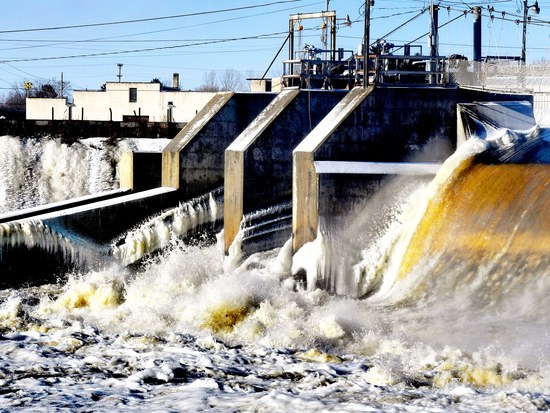University of Wisconsin-Madison:
“More than 14,000 years ago, receding glaciers left a broad, deep swath of sand and gravel across central Wisconsin. Today, the Central Sands region hosts a thriving agricultural economy, but the sandy soil renders most of the crops dependent on irrigation that originates in groundwater.
About 13 years ago, streams, lakes and marshes in the Sands started to dry up, and some observers blamed the growing number of high-capacity irrigation wells. Even though the water level in these fresh waters has improved, the number of high-capacity wells continues to rise, and so the question remains: what is the best route to sustainable irrigation that serves the farm economy and the environment at the same time?
One key question is this: How much water — whether from rain or irrigation — is used by plants, and how much moves deeper, to augment groundwater?...
Already, says Isherwood, the groundwater problem is serious. “The number of high-capacity (irrigation) wells in Portage County just reached 3,000, and there are areas where some lakes are strongly impacted. I’m not one to say that I know what the solution is, but I think farmers need to understand that we have to play a part in this. I think the question becomes, what is my fair share of the aquifer to use?””






















